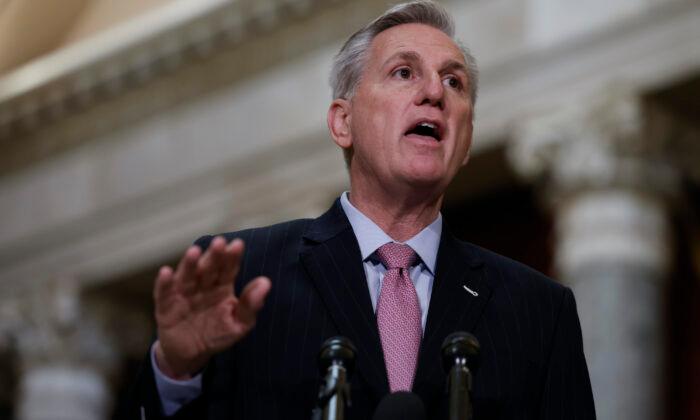China’s economy saw the weakest expansion in a year and a half during the fourth quarter, official data show.
China reported a strong economy at the start of 2021 as activity recovered from the previous year’s pandemic-induced slump. However, the trend eased as the country suffered a few setbacks, including an energy crunch, regulator curbs, declining property market, and sporadic COVID-19 outbreaks.
On a quarter-on-quarter basis, GDP rose 1.6 percent from October to December.
“China’s growth appears to be built on a faulty foundation,” he said, noting an excess supply of housing units that boosted the country’s economy under the shadow of developers’ unsustainable debt problems.
Chinese regulators have been trying to steer the economy in the face of headwinds.
China’s central bank on Jan. 17 cut the borrowing costs of its medium-term loans for the first time since April 2020, leading some analysts to expect more policy easing this year to cushion an economic slowdown.
The People’s Bank of China said it was lowering the interest rate on 700 billion yuan ($110.2 billion) of one-year medium-term lending facility loans to some financial institutions by 10 basis points to 2.85 percent from 2.95 percent in previous operations.
Meanwhile, several Chinese cities went on high COVID-19 alert ahead of the Lunar New Year holiday travel season, as the Omicron variant reached more areas, including Beijing.
A bright spot was industrial output, up an annual 4.3 percent in December, accelerating from a 3.8 percent increase in November, the NBS said in a separate statement.
Asian financial markets were mixed after the Chinese interest rate cut and data release on Jan. 17. The Shanghai Composite index gained 0.6 percent while Hong Kong’s Hang Seng dropped 0.6 percent.




